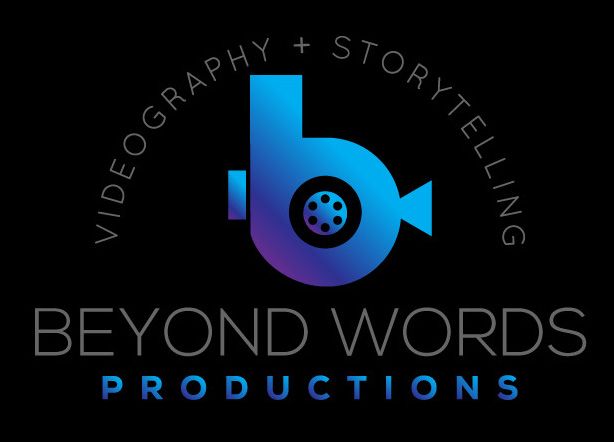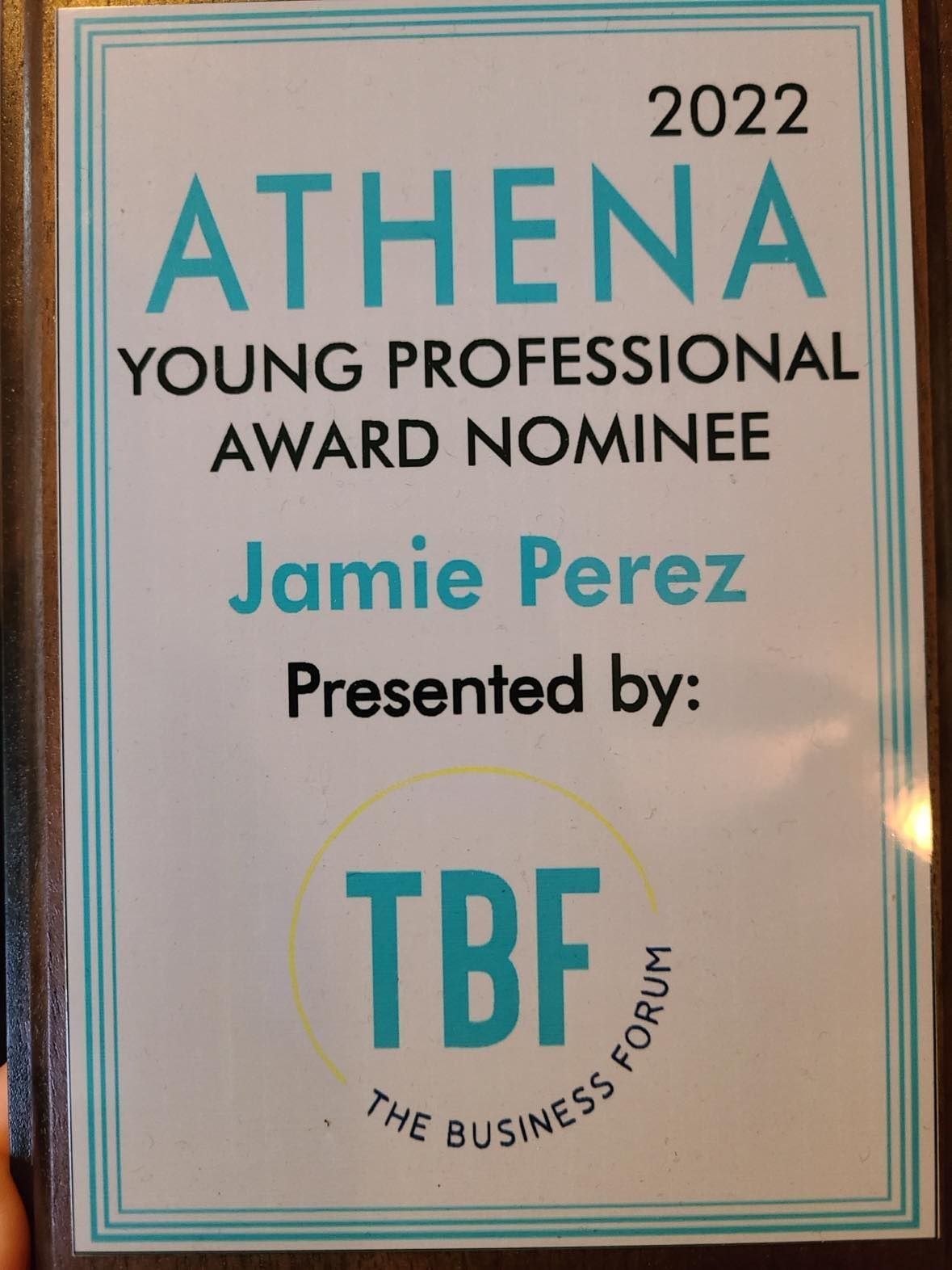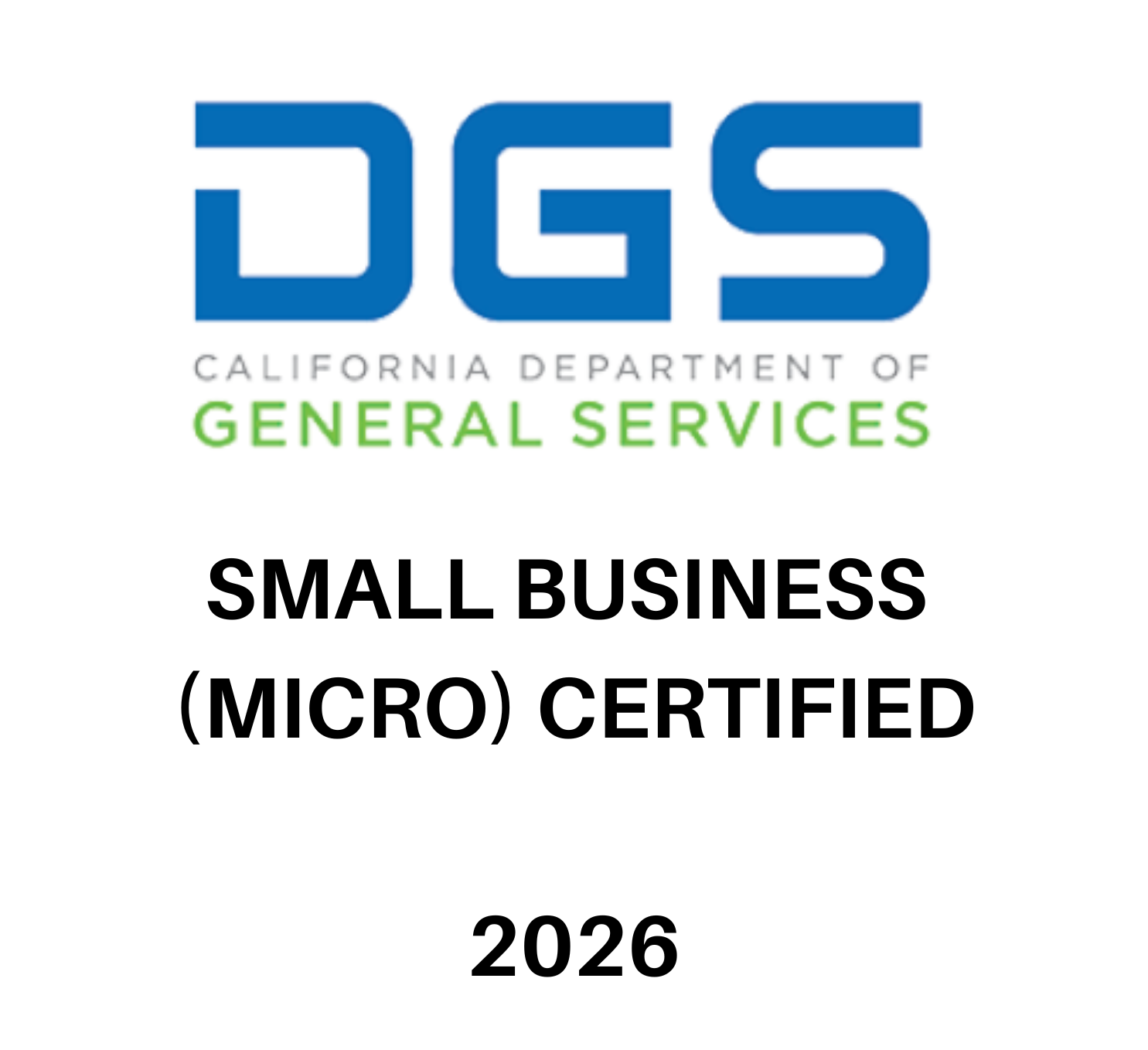Navigating the Hiring Game: The Do's and Don'ts of Choosing a Videographer
A skilled videographer can be the bridge between your creative vision and its captivating execution. Whether you're working on a corporate project, a wedding video, or a promotional campaign, finding the right videographer is paramount to achieving your desired outcome. Things you should consider when you’re on your way to hiring a videographer: What questions should I ask when hiring a videographer? Who owns the footage? What things should I look for in a good videographer? What should be expected of them?
To ensure a a great collaboration, let's explore the essential do's and don'ts of hiring a videographer.
Do: Prioritize Creativity and Compatibility
Creativity should top your list of must-haves. Review their portfolio to gauge their versatility and style. Do their previous works align with your vision? Equally important is compatibility. Choose someone who not only understands your ideas but is also enthusiastic about bringing them to life. Ask them about their initial ideas on your project and how you might be able to work collaboratively together. A videographer who shares your passion will infuse your project with an extra layer of dedication.
Don't: Underestimate Fair Compensation
Quality work deserves fair compensation. While budget constraints are common, compromising on rates can lead to a compromised outcome. Invest in a videographer who values their craft and expertise. Remember, paying fairly not only shows respect for their skills but also ensures they can focus on producing their best work without financial stress.
Do: Set Clear Expectations and Timelines
Communication is the bedrock of successful collaborations. Clearly outline your expectations, project scope, and preferred timeline from the outset. This prevents misunderstandings and paves the way for a seamless working relationship. (Note: addressing who owns rights to the footage is a great question to ask each videographer — everyone has a different process of how they handle this. Make sure you have a CLEAR understanding of this.) Avoid unwelcome surprises by discussing potential challenges or delays that might arise during the project and planning accordingly.
Don't: Rush the Hiring Process
Hiring a videographer is an investment in your project's success, and like any investment, it deserves due diligence. Rushing through the hiring process can lead to regrettable decisions. Take your time to research, interview, and assess candidates thoroughly. This ensures you're entrusting your vision to someone who truly aligns with your needs and values.
Do: Select the Right Fit for Your Project
Every videographer has their unique strengths and specialties. Don't make the mistake of assuming one-size-fits-all. Ask them questions (no question is off the table). Evaluate whether their past work aligns with your project's requirements. If you're seeking a wedding video, for instance, look for a videographer experienced in capturing emotional moments. For corporate projects, prioritize those who understand your brand's identity and goals.
Don't: Micromanage; Trust Their Process
Once you've selected a videographer, relinquish some control and trust their creative process. Micromanaging can stifle their creativity and hinder the collaborative spirit. Provide your input and feedback, but also allow them the freedom to work their magic. You hired them for their expertise, after all, and allowing them space to shine often leads to remarkable results.
In Conclusion
Hiring a videographer is more than just checking an item off your to-do list. It's a partnership that can elevate your project to new heights. By adhering to these do's and don'ts, you're setting the stage for a successful collaboration that ensures your vision is expertly brought to life. Remember, finding the right videographer is an investment in the success of your project – one that pays off in captivating visuals and storytelling that resonates.



















